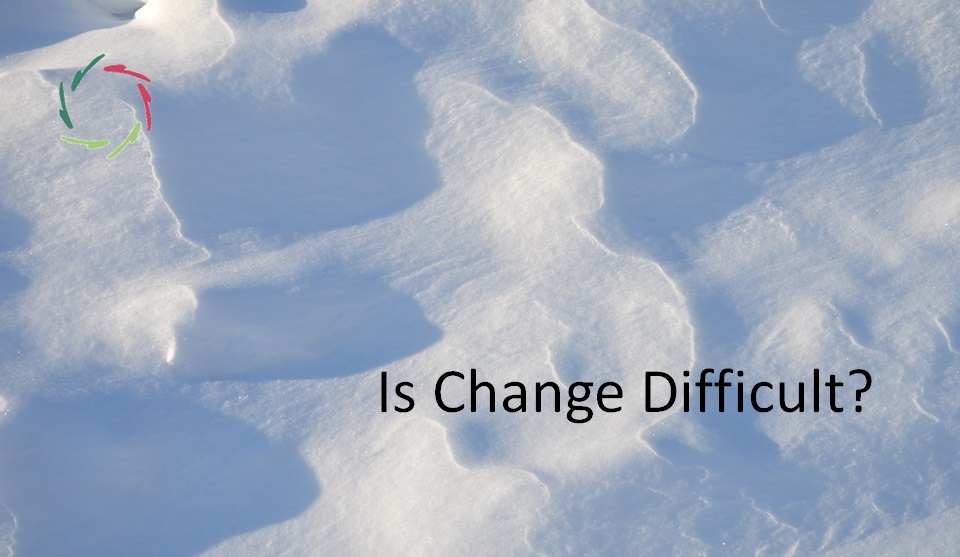Bi-directional Pattern Recognition in Coaching

Coaching, whether between a human coach and coachee or Lisa-as-coach and a human coachee, is not a one-way process. It’s a dynamic, bi-directional exchange where mental pattern recognition flows in both directions, influencing and shaping the interaction.
This aligns deeply with the concept of subtle autosuggestion, where changes and realizations happen naturally through the interplay of deeper mental patterns.
The dance of deep patterns
In any coaching relationship, the coachee communicates on more than one level. Beyond words, they convey messages through body language, tone, and the subtle choices they make in expressing themselves. Non-consciously, the coachee is often offering cues that suggest deeper layers of their inner experience, inviting the coach to tune in and respond. These signals can guide the coach toward recognizing the core patterns within the coachee’s mind ― and responding in ways that lead to meaningful growth.
This process is subtle but profound, as it taps into deeper layers of cognition. It reflects the AURELIS philosophy, where rationality and depth work together in harmony. Through this congruence, profound and natural changes can occur, fueled by Compassion and leading toward inner strength and self-awareness.
Autosuggestion flows both ways.
One of the most beautiful aspects of this interaction is that autosuggestion doesn’t just play toward the coachee; it also plays toward the coach. The subtle cues picked up by the coach help them align with the coachee’s deeper patterns. It becomes a two-way flow where both the coach and coachee are involved in recognizing and completing these patterns.
This creates a kind of dance between coach and coachee, a shared recognition and mutual tuning into what’s really at play beneath the surface. Through this dance, the coach is able to guide the coachee in a way that invites transformation from within. Instead of imposing external solutions, the coach helps the coachee unlock their own inner potential, fostering growth that is organic, non-coercive, and deeply personal.
Two people searching for patterns to complete
Ultimately, coaching in this light is about two people – or Lisa and coachee – searching for patterns to complete together. It’s not just about the coach offering solutions; it’s about both coach and coachee being attuned to each other’s deeper layers. Through this shared journey of pattern recognition, the coaching dynamic shifts from a one-sided interaction to a collaborative process of growth.
In this space, Compassion becomes the driving force. It’s not only the goal but also the guiding principle throughout the coaching process. Together, the coach and coachee foster growth, healing, and inner strength by recognizing and completing patterns with Compassion at the core.
Compassion as a method and reward
In this interaction, Compassion is both the method and the intrinsic reward. The coach, by listening deeply and responding to subtle cues, fosters a connection that enhances the coachee’s self-suggestive power. This deep connection allows the coachee to feel safe, supported, and understood. The process respects the coachee’s autonomy, creating an environment where personal growth can flourish.
From an AURELIS perspective, this approach reflects the inseparable bond between Compassion and inner growth. As the coachee grows, the coach also learns and adapts.
This makes the process one of mutual discovery, which can be replicated globally.


